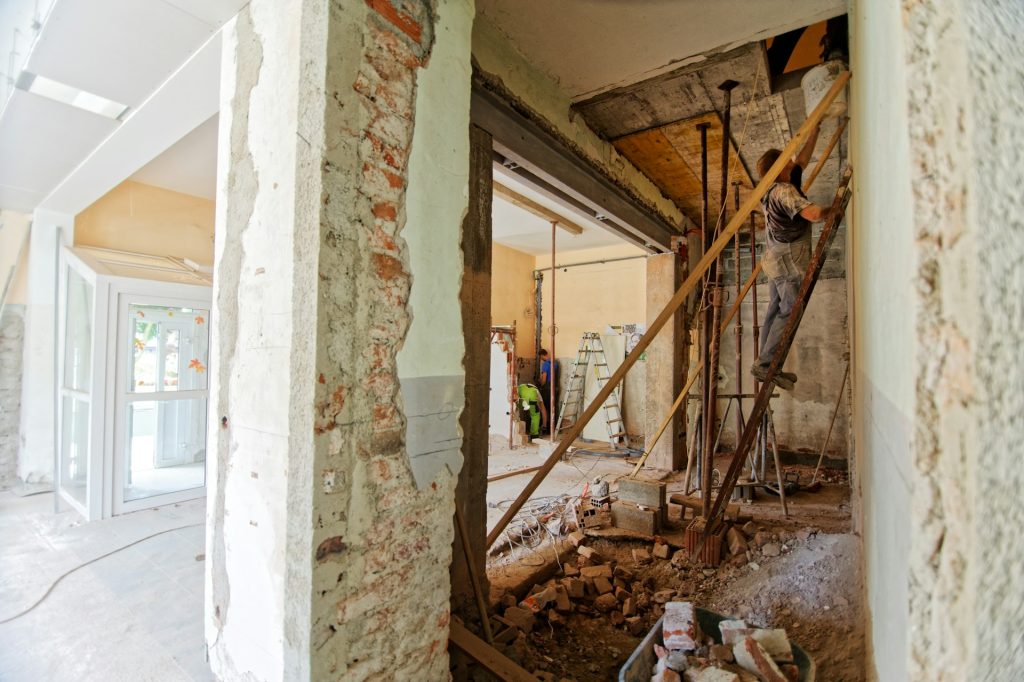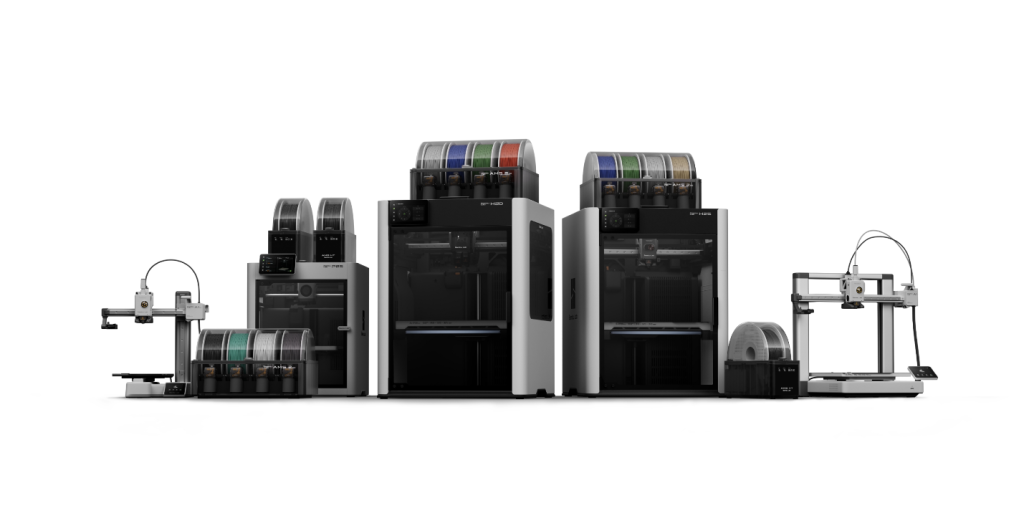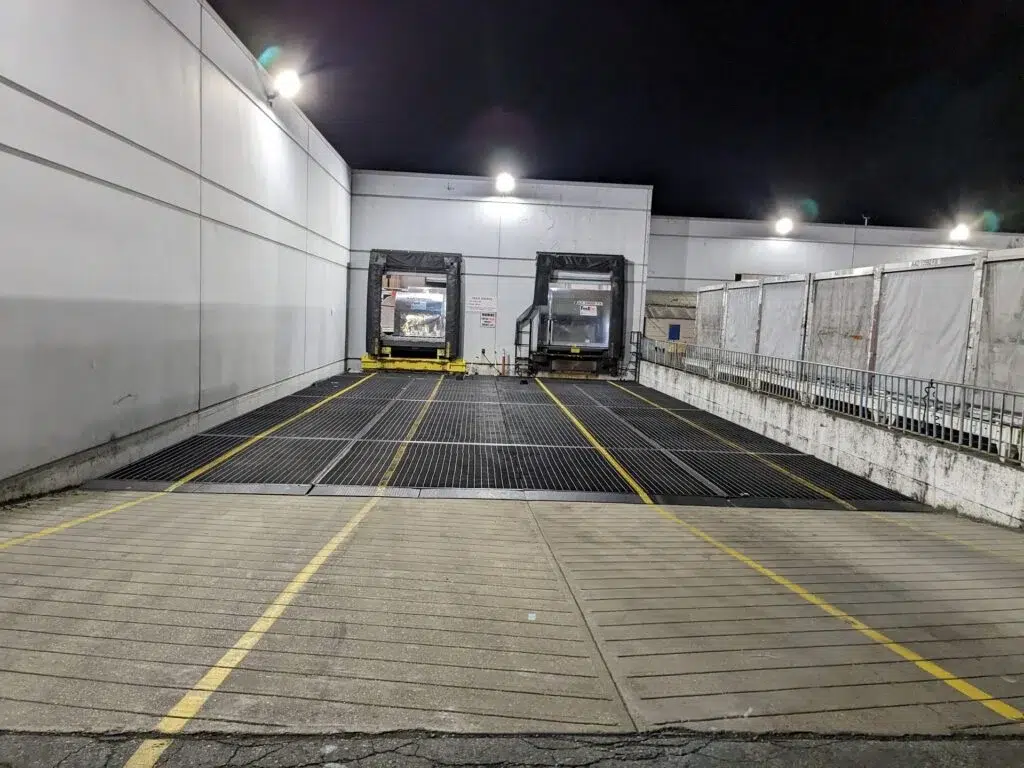Your home is one of your biggest investments. From the appliances you picked out to the flooring you saved up for, every choice carries value. That’s why protecting what you already have is just as important as upgrading it. Modern home care helps us stay a step ahead so small issues don’t turn into expensive repairs.
Today’s homeowners have the advantage of smarter tools, better materials, and quick access to information that make prevention easier than ever. Regular upkeep, routine checks, and a few smart habits can extend the life of almost everything you own.
Understanding What’s Flowing Through Your Pipes
Water runs through nearly every system in your house, but most people don’t think about what’s actually inside those pipes. The quality of your water affects everything from your plumbing to your laundry. If the water is full of minerals, it can slowly wear down fixtures, stain surfaces, and shorten the lifespan of appliances like dishwashers or water heaters.
Getting a handy guide on hard water 101 can prove helpful in this regard, alongside professional assistance. Hard water, packed with calcium and magnesium, leaves behind mineral deposits that can cause buildup and blockages over time. It’s a small issue that creates big problems if ignored. Installing a water softener or using a filtration system helps protect your plumbing, improves water pressure, and keeps everything, from faucets to washing machines, working efficiently.
Protecting Floors and Furniture from Moisture Damage
A small spill, leaky window, or unsealed area can cause slow damage that goes unnoticed until it’s too late. Wood floors warp, fabrics stain, and furniture weakens when exposed to constant humidity or water. Prevention is key here; keeping indoor humidity balanced and checking for leaks regularly makes a big difference.
Modern fixes make this easy. Smart humidity sensors can alert you when things get too damp, and water-detecting devices can send a notification straight to your phone if a leak starts. Simple upgrades like these protect your flooring and furniture without adding extra work. The idea is to spot moisture before it becomes damage, not after.
Keeping Your Roof in Check Year-Round
The problem is that roof wear happens quietly. One loose shingle or clogged gutter might not seem like a big deal, but over time, it can lead to leaks, insulation damage, or mold. Instead of waiting for a storm to reveal a problem, make roof checks a part of your seasonal routine.
Drone inspections and photo-based roof scans have become popular for a reason, as they make spotting early damage easy and safe. Cleaning gutters and clearing branches from overhanging trees are quick, practical ways to extend your roof’s life.
Preventing Fire Hazards in Common Areas
Modern homes are filled with electronics, like chargers, devices, smart plugs, and appliances, all running at once. While convenience is great, it also increases the risk of electrical overloads and hidden fire hazards. Taking a few preventative steps can make your space safer without sacrificing any of that comfort.
Start with simple things: don’t overload outlets, replace frayed cords, and keep flammable items away from heat sources. Smart smoke detectors are another great investment; many can send alerts to your phone the moment something seems off. Regularly cleaning lint traps, inspecting power strips, and unplugging devices you’re not using can also lower risks.
Keeping an Emergency Kit Ready for Home Issues
When something goes wrong, like a burst pipe, sudden outage, or weather event, it helps to have essentials ready to go. Think of it as your home’s backup plan. An emergency kit doesn’t need to be complicated; it just needs to have what you’ll actually use. Flashlights, basic tools, spare batteries, first-aid items, and bottled water are the basics.
More homeowners are also adding portable power banks, small generators, and even smart emergency alerts that work offline. Having a kit means you won’t be scrambling when something unexpected happens.
Upgrading Where It Matters Most
Not all upgrades are about aesthetics, as some are purely about protection. Replacing old wiring, switching to energy-efficient windows, or updating insulation safeguards your home from long-term damage and high utility costs. The best upgrades balance function, safety, and value.
If you’re unsure where to start, focus on systems that work every day but rarely get attention, like HVAC units, plumbing, or roofing. Smart thermostats, leak detectors, and security systems are modern tools that help you keep tabs on your home’s condition in real time.
Building Habits That Keep Your Home’s Value Strong
Setting a monthly or seasonal checklist helps keep maintenance simple and predictable. A few examples: test smoke alarms every few months, clean vents, inspect caulking around windows, and flush out drains.
The trick is to make it routine instead of reactive. Minor tasks done regularly prevent big costs later. Keeping records of repairs, upgrades, and warranties also adds value if you ever decide to sell.
Storing Valuables Safely and Securely
Every home has items that can’t easily be replaced, for example, important documents, jewelry, heirlooms, or even digital backups. Protecting them is about more than just hiding them away. Fireproof and waterproof safes are an easy start, and digital copies stored securely online add another layer of protection.
For tech-savvy homeowners, smart safes and discreet home security systems offer peace of mind without being intrusive. Whether it’s sentimental value or financial worth, keeping valuables protected ensures your efforts and memories are never lost.
Weatherproofing Before the Season Changes
Each season brings new challenges for your home, such as heavy rain, freezing temperatures, or intense sun. Getting ahead of those changes helps prevent damage and unnecessary repairs. Before winter, check insulation and seal gaps to keep heat in and moisture out. Before summer, inspect air conditioning units and clean outdoor vents.
Newer tools like thermal imaging cameras can help identify drafts or leaks you might miss otherwise. Even simple fixes like weatherstripping doors or cleaning gutters can make a huge difference in how well your home handles the elements.
Protecting the things you’ve invested in at home is about awareness. A few intentional choices, modern tools, and consistent habits can keep your space secure, efficient, and comfortable for years. From checking for hard water buildup to weatherproofing before the seasons shift, it’s the small, steady actions that protect your biggest investment.





















